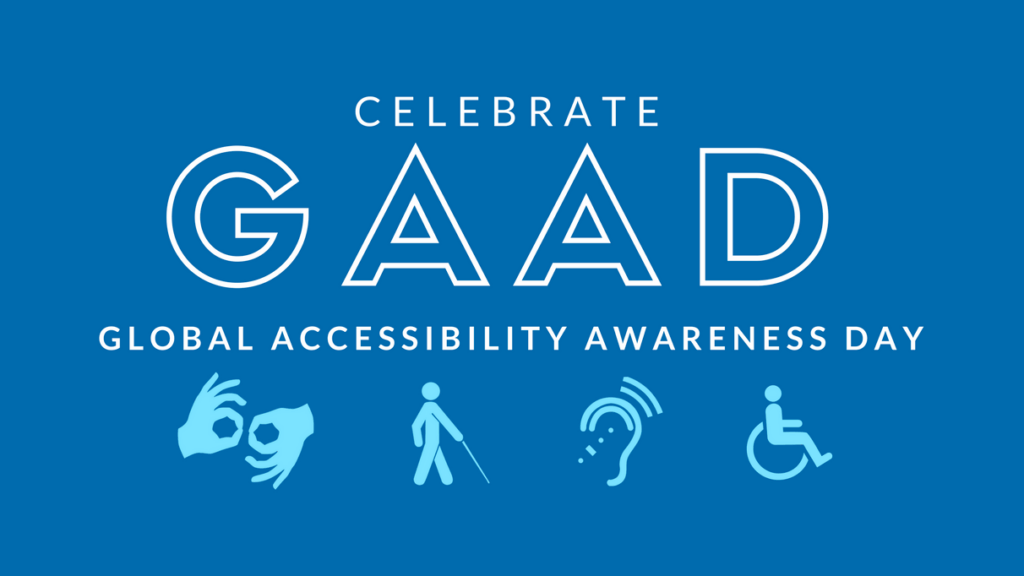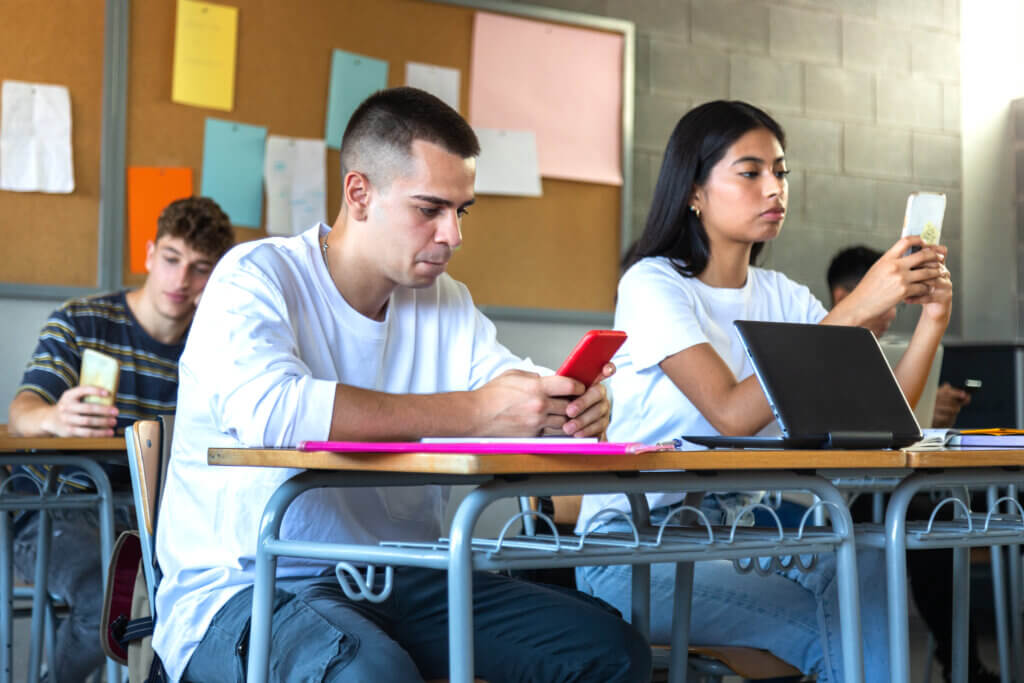Reaching Potential Students
Video offers an ideal way to reach out to potential students. Unlike text and photos, video offers an immersive experience where potential students can see your campus and the surrounding community.
Instructors and staff can introduce themselves, and the traditional campus tour can go online for students and their families who may not be able to visit in person, including those internationally.
Consider integrating video content that shows:
- Campus facilities: What do the dorms look like? How big are the classrooms and classes? How active is the student center? Videos of your campus can help answer these questions for potential students.
- Faculty and programs: For many students, and particularly graduate students, access to skilled researchers and academic faculty is a deciding factor in school choice. Choose faculty to introduce different schools, departments, courses, and who they can expect to learn from if they attend your institution.
- The campus community: Show potential students their future classmates. Get video of fun events like the annual water balloon fight, or a charity fundraiser to share with potential students.
Attracting International Students
”Creating rich video content of your campus, community and the surrounding town can give international students an orientation of the area long before their flights touch down.”
At many colleges and universities, international students make up a significant percentage of the student body. For an international student, there may not be an opportunity to visit the campus. Creating rich video content of your campus, community and the surrounding town can give international students an orientation of the area long before their flights touch down.
To appeal to potential international students, share more than just information about your campus and community.
- Interview current international students, and consider offering some interviews (or captions) in the native language.
- Show meetings of international student groups, clubs and activities.
- Include tours of graduate student housing, including off-campus housing if you’re able.
- Share success stories of current students or alumni, highlighting impactful community initiatives, and showcasing campus events and activities contribute to a vibrant and engaging culture.
- Use testimonials and behind-the-scenes glimpses to help ignite curiosity and drive students to take the next step.
- Consider hosting a Q&A session for prospective students.
Creating an Alternative to the Campus Visit

While many students will make a campus visit, either before accepting their admission or the summer before they attend, this isn’t an option for all families. A well-rounded video library can provide students with access to much of the information available during a campus visit.
- Use lecture capture technology to capture classes and workshops offered during campus visits.
- Record a campus tour. Take the time to explore, just like a potential student might.
- Get as many people as you can, instructors and students, on camera to help highlight the campus and its community.
- Create video tutorials for the first day on campus, from moving in to picking up a parking pass and student ID. That way, all students can quickly find how to do these tasks whether they were able to attend orientation or not.
Interactive video experiences can help educational institutions build trust and credibility while compelling potential students to consider the institution as a valuable partner in their educational journey. Using video for non-instructional purposes presents an opportunity for colleges and universities to attract and support students at all stages of their educational journey.









